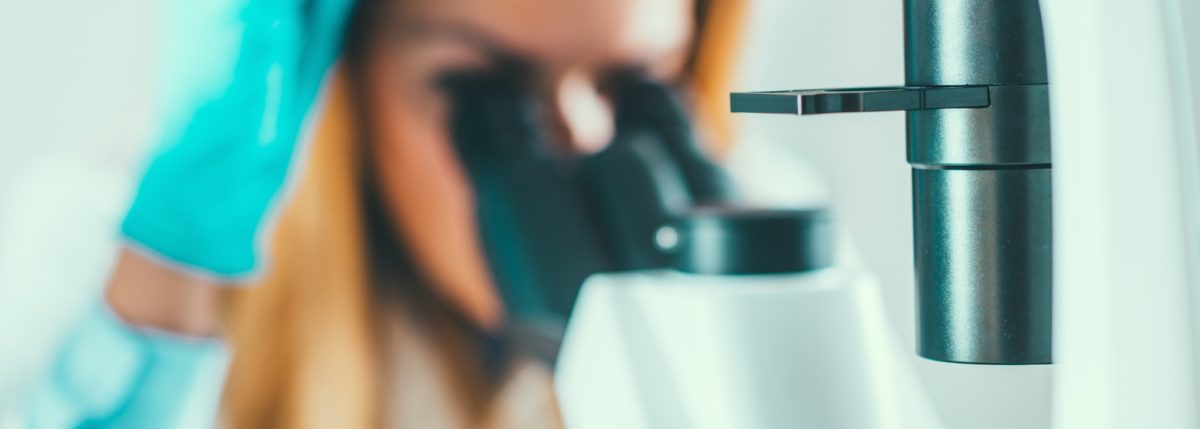What if a Pump Could Deliver Both Insulin and Glucagon?
Editor’s Note: This content was made possible with support from Zealand Pharma, an active partner of Beyond Type 1 at the time of publication.
Diabetes technology like insulin pumps and continuous glucose monitors (CGMs) have created less burdensome care routines for people living with diabetes who are able to get them. For some, this tech has also led to lower A1c, more time in range and fewer hypoglycemic events. As we work to get better access to diabetes technology and medications for all who need them, we’re also looking forward to what’s next in diabetes tech—dual hormone artificial pancreas systems that keep blood sugar levels in a healthy range using both insulin and glucagon delivery.
Existing artificial pancreas (AP) systems, also known as hybrid closed loop systems, integrate insulin-only pumps and CGMs using a programmed algorithm that allows the insulin pump to “make decisions” in insulin dosing based on the blood sugar number provided by the CGM. In the current systems, the insulin pump can dose insulin in response to high blood sugars, but has no way to directly address a predicted low blood sugar other than lowering or stopping insulin delivery, or suggesting external actions (such as eating carbs) be taken. Even with this limitation, current AP systems are shown to significantly improve daily time in range, a key measure for safety and quality of life in those living with diabetes. But what if we could more closely mimic a fully functioning pancreas?
Enter, the dual hormone artificial pancreas
Also known as the bihormonal artificial pancreas (BHAP), several companies have been working on these systems over the last decade, but the last few years show promise toward a streamlined, effective, easy-to-use BHAP.
In late 2019, the U.S. Food and Drug Administration (FDA) granted breakthrough device designation to the iLet™ pump system, made by Beta Bionics. Breakthrough device designations create an accelerated regulatory review process for a product or therapy that “has potential to address unmet medical needs.” Essentially, it shows priority for a solution that is believed able to create a large impact on people’s lives, beyond anything currently available.
Beta Bionics’ intentions for their iLet systems are ambitious—they aim to provide their system in insulin-only, glucagon-only, or bihormonal with both insulin and glucagon. Additionally, their algorithm is unique, in that the wearer must only enter their body weight, “with no need to count carbohydrates, set insulin delivery rates, or deliver bolus insulin for meals or corrections.”
The iLet system was granted breakthrough designation with the use of insulin analogs that are currently approved for usage in an insulin pump, alongside Zealand Pharma’s dasiglucagon, recently approved by the FDA for use in an autoinjector and prefilled syringe. Dasiglucagon, a glucagon analog (i.e. a synthetic lab made version of the naturally occurring hormone), is stable as a liquid, versus old formats of glucagon in which a powder and liquid had to be mixed immediately before use.
Beta Bionics’ insulin-only AP system is currently in Phase 3 clinical trials, with its BHAP system slated to be one to two years behind, having completed a Phase 2 at-home use trial in 2019. Phase 3 trials of the BHAP system are expected in 2021.
Other insulin and glucagon BHAP systems are also in development, with additional companies looking into a dual-hormone format pump using insulin and pramlintide (commercial brand name Symlin), aimed at better mimicking natural absorption rates of food, leading to better time in range.
The bottom line
As we get closer to diabetes technology that more closely mimics a fully functioning pancreas, affordable access to both life-improving diabetes technologies and life-sustaining insulin remains key. Robust diabetes technology has the power to greatly improve quality of life, particularly when coupled with affordable, equitable healthcare.





